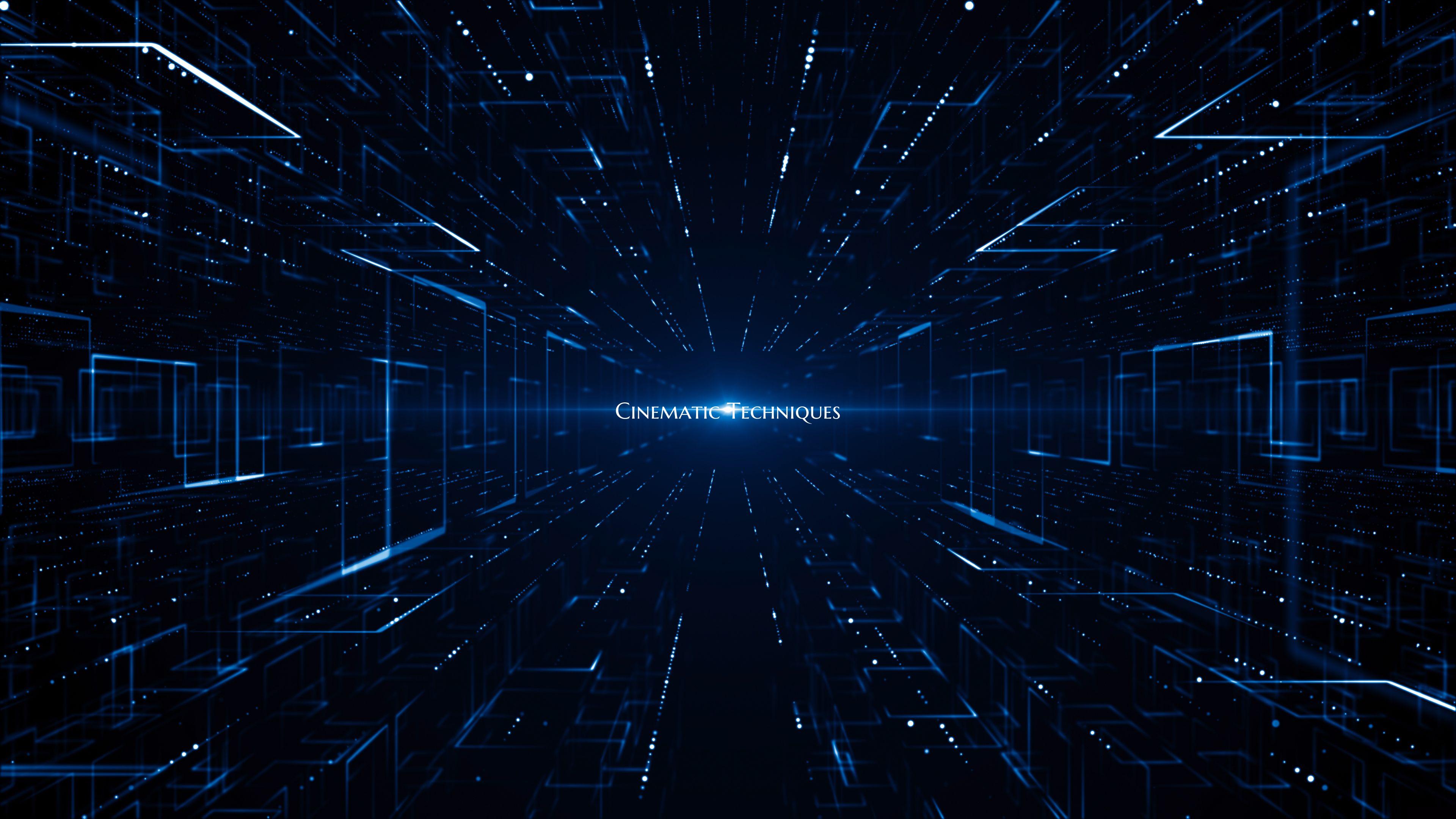Cinematic Techniques
Cinematic techniques are the tools and methods used by filmmakers to communicate meaning, create visual interest, and evoke emotions in their films. These techniques encompass a wide range of practices, including camera angles, lighting, sound design, editing, and visual effects.
One of the most common cinematic techniques is the use of different camera angles to convey specific emotions or perspectives. For example, a low-angle shot can make a character appear powerful or dominant, while a high-angle shot can make them seem vulnerable or weak.
Lighting is another essential cinematic technique that can greatly influence the mood and atmosphere of a scene. The use of harsh lighting can create a sense of tension or drama, while soft lighting can evoke warmth and intimacy.
Sound design plays a crucial role in enhancing the audience's experience and adding depth to the storytelling. Sound effects, music, and dialogue are carefully crafted to enhance the emotional impact of a scene and create a sense of immersion.
Editing is the process of assembling individual shots into a coherent sequence, shaping the pacing and rhythm of a film. Through editing, filmmakers can create tension, build suspense, and convey complex narratives in a visually engaging way.
Visual effects are another important cinematic technique that allows filmmakers to bring fantastical worlds to life and push the boundaries of storytelling. Whether through practical effects or computer-generated imagery, visual effects can enhance the storytelling and create immersive cinematic experiences.
In conclusion, cinematic techniques play a vital role in shaping the visual and auditory language of film, allowing filmmakers to convey their artistic vision and connect with audiences on emotional and intellectual levels.

